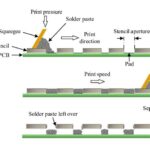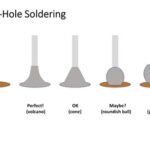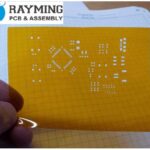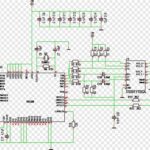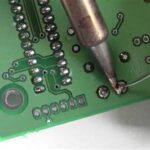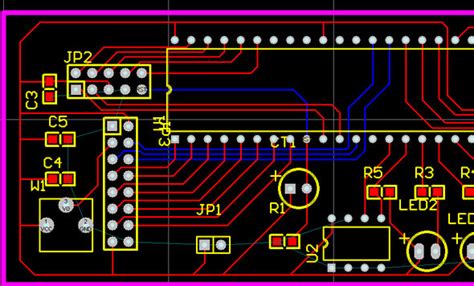
PCB Blog
-
 Read more: 10 Rules for Better Data – Avoid PCB Design Issues
Read more: 10 Rules for Better Data – Avoid PCB Design IssuesIntroduction to PCB Design Rules Printed circuit board (PCB) design is a complex process that requires careful planning and attention to detail to ensure the final product functions as intended. To help avoid common issues and create high-quality PCBs, it’s important to follow a set of established design rules. In […]
-
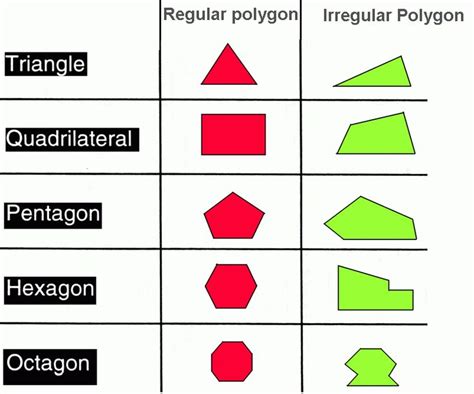 Read more: Altium Polygon pour breaks on rigid flex split lines
Read more: Altium Polygon pour breaks on rigid flex split linesUnderstanding Polygon Pours and Rigid Flex PCBs Polygon pours, also known as copper fills or copper pours, are commonly used in PCB Design to provide a low-impedance ground or power plane, reduce electromagnetic interference (EMI), and improve thermal performance. In Altium Designer, polygon pours are easily created and can be […]
-
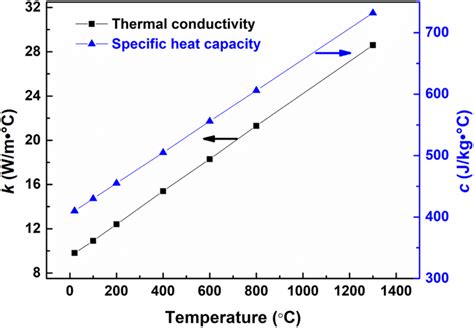 Read more: How to Calculate Thermal Conductivity in Printed Wiring Boards
Read more: How to Calculate Thermal Conductivity in Printed Wiring BoardsUnderstanding Thermal Conductivity Definition and Importance Thermal conductivity is a measure of a material’s ability to conduct heat. It is denoted by the symbol “k” and is typically expressed in units of watts per meter-kelvin (W/mK). A higher thermal conductivity value indicates that the material is a better conductor of […]
-
How to build multilayers PCB About Pressing
Posted by
–
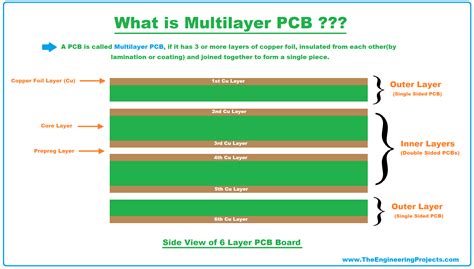 Read more: How to build multilayers PCB About Pressing
Read more: How to build multilayers PCB About PressingWhat is Multilayer PCB Pressing? Multilayer PCB pressing is a critical step in the manufacturing process of printed circuit boards (PCBs) that have more than two conductive copper layers. The pressing process involves stacking and laminating multiple layers of copper and insulating material together under high temperature and pressure to […]
-
What is the core of a PCB?
Posted by
–
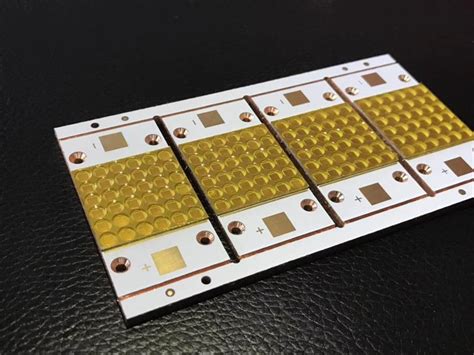 Read more: What is the core of a PCB?
Read more: What is the core of a PCB?What is a Core PCB? A core PCB, also known as the substrate or base material, is the insulating layer that forms the backbone of a printed circuit board. It is typically made of a dielectric material, such as FR-4 (a glass-reinforced epoxy laminate), which provides electrical insulation and mechanical […]
-
Creating the Layout from your Schematic
Posted by
–
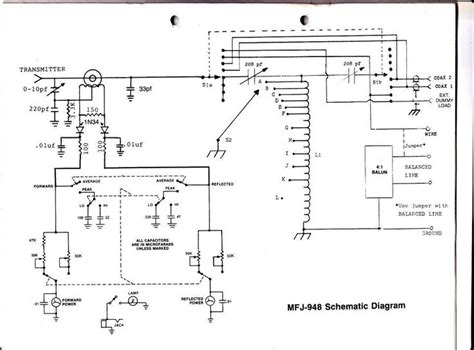 Read more: Creating the Layout from your Schematic
Read more: Creating the Layout from your SchematicIntroduction to Layout Design from Schematics When designing electronic circuits, the schematic captures the electrical connections and components that make up the circuit. However, to physically build the circuit, a layout must be created from the schematic. The layout shows the physical placement of components and routing of traces on […]
-
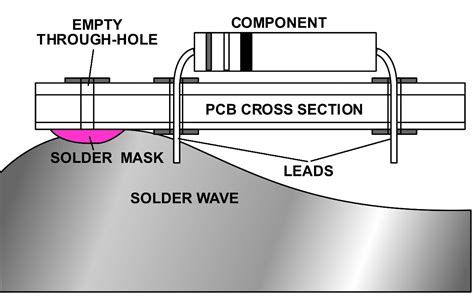 Read more: Tips & Tricks: Avoiding Solder Escape/Wick during Reflow
Read more: Tips & Tricks: Avoiding Solder Escape/Wick during ReflowWhat is Solder Escape? Solder escape, also known as solder wicking, is a common issue in Electronic Assembly where molten solder flows or “wicks” away from the intended joint, along the component lead or PCB trace. This can result in insufficient solder at the joint, leading to poor electrical connections, […]
-
How do you prevent Solder Escape/Wick?
Posted by
–
 Read more: How do you prevent Solder Escape/Wick?
Read more: How do you prevent Solder Escape/Wick?Understanding Solder Escape What is Solder Escape? Solder escape, also known as Solder Wicking, is a phenomenon that occurs during the soldering process when molten solder is unintentionally drawn away from the intended connection point. Instead of forming a strong and reliable solder joint, the solder travels along component leads, […]
-
Edge Connectors with Gold Surface
Posted by
–
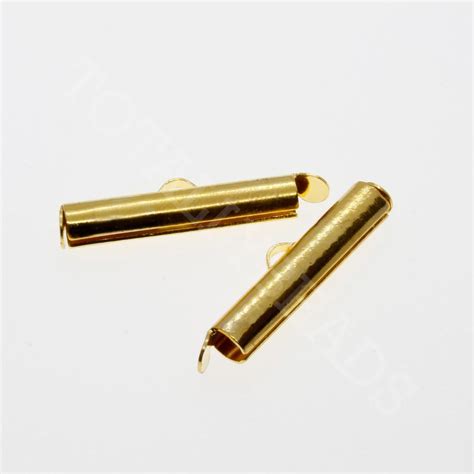 Read more: Edge Connectors with Gold Surface
Read more: Edge Connectors with Gold SurfaceIntroduction to Gold-Plated Edge Connectors Gold-plated edge connectors are a type of electrical connector commonly used in various electronic devices, such as computers, telecommunications equipment, and industrial machinery. These connectors are designed to provide a reliable and efficient means of connecting printed circuit boards (PCBs) to other components or systems. […]
-
Selecting the Right Surface Finish for Your PCB
Posted by
–
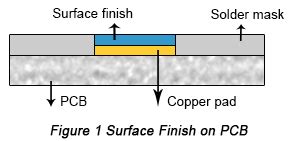 Read more: Selecting the Right Surface Finish for Your PCB
Read more: Selecting the Right Surface Finish for Your PCBWhat is a PCB Surface Finish? A PCB surface finish is a coating applied to the exposed copper traces and pads on a printed circuit board. Its primary purpose is to protect the copper from oxidation and corrosion, which can occur due to exposure to air, moisture, and other environmental […]
